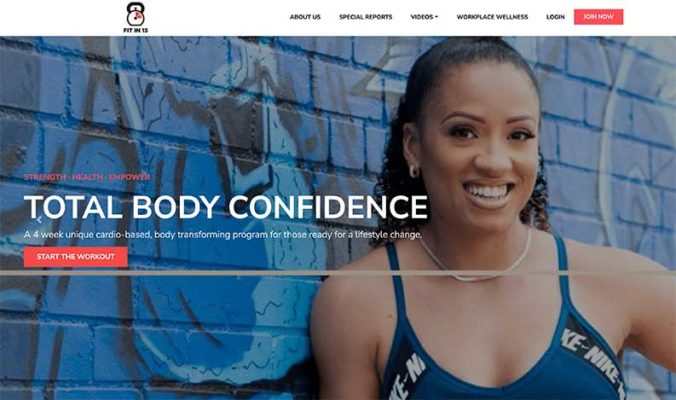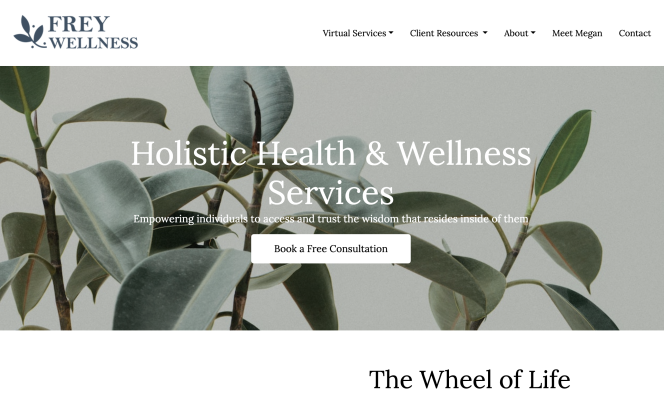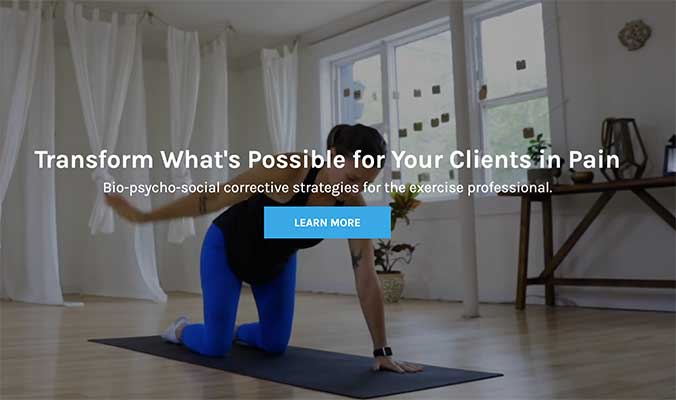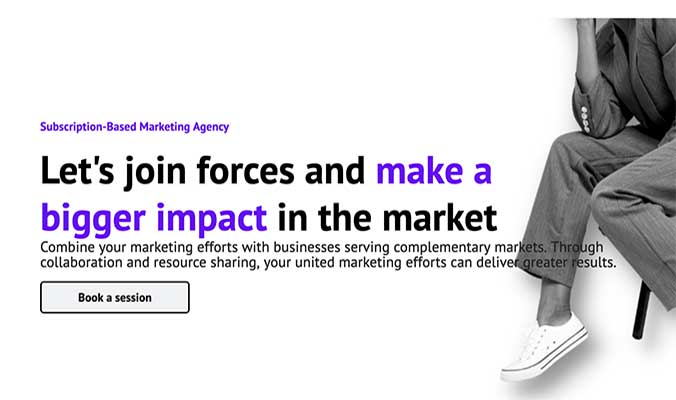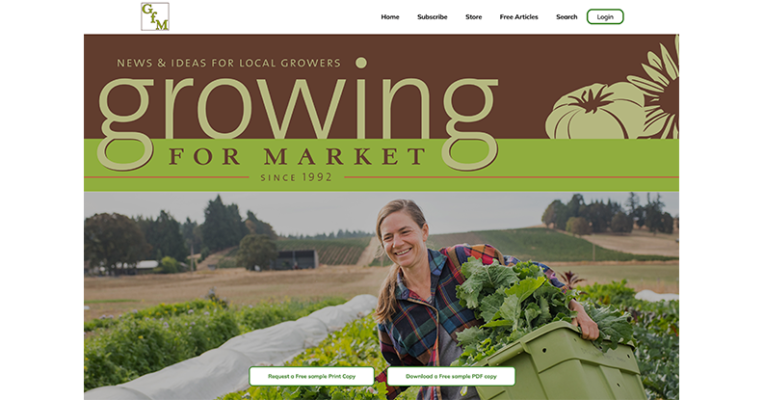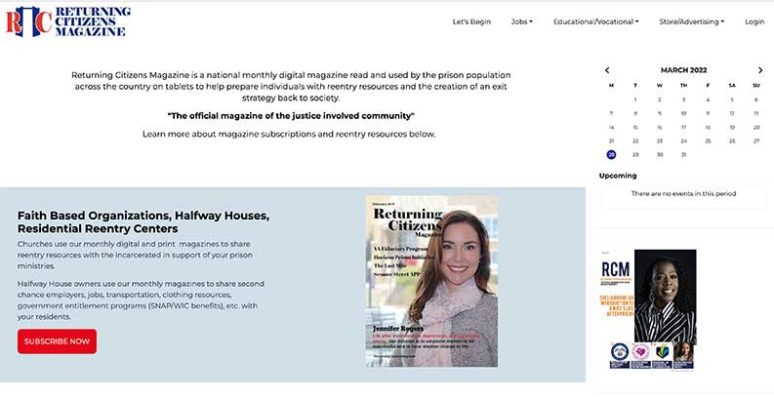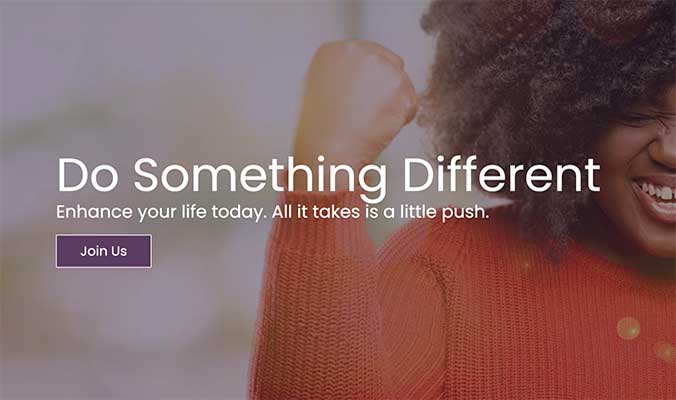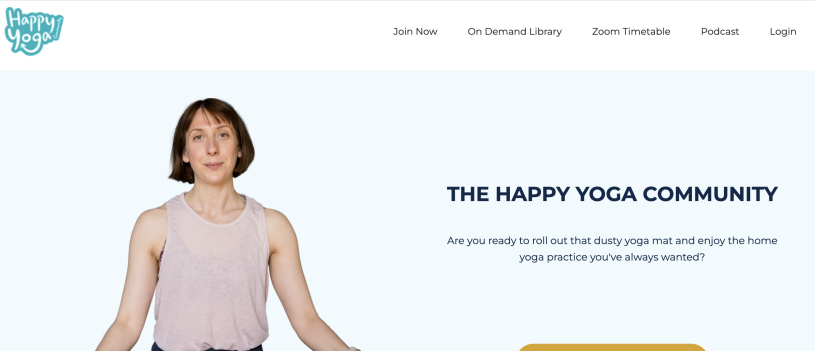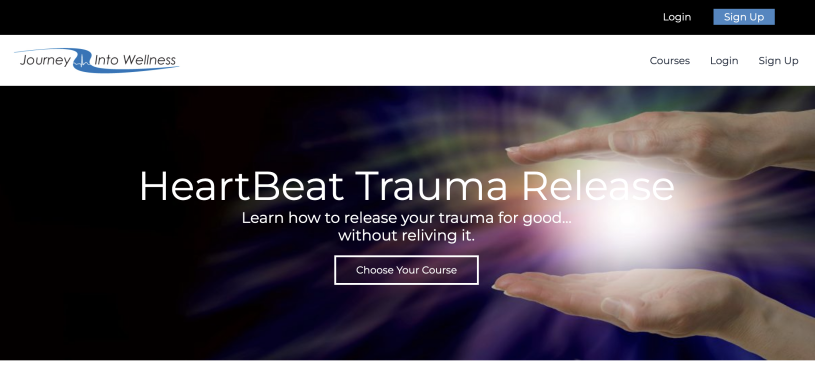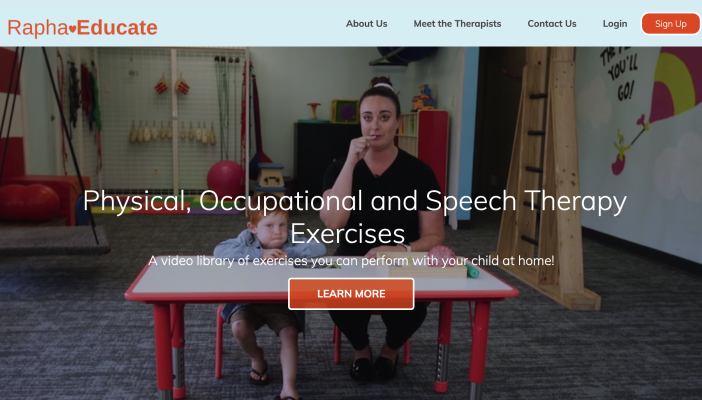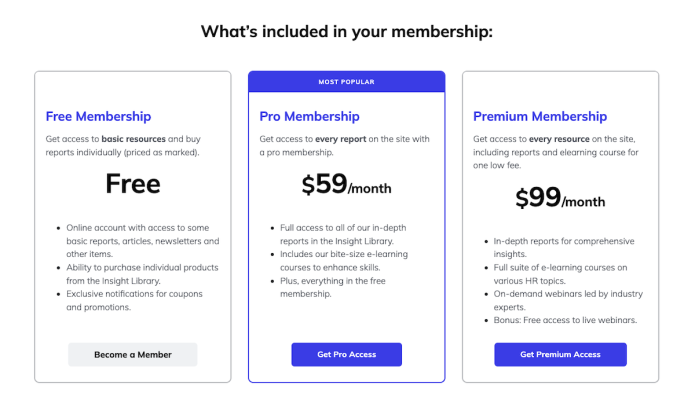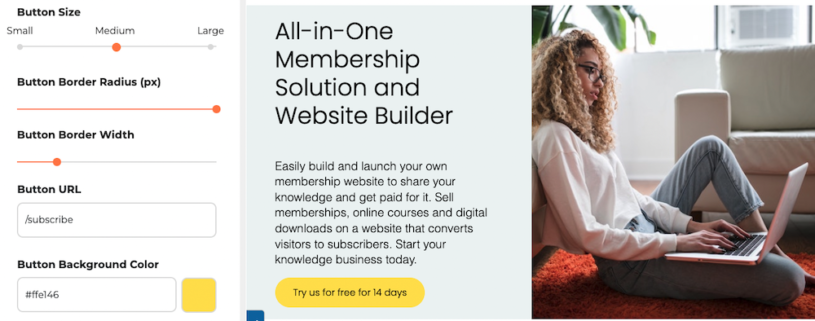Choosing a Subject for Your Membership Site
- Passion! Passion! Passion! – If you are not passionate about the subject you are writing about, you will struggle to succeed
- Go Niche – It is far easier to become the world leader in a small niche than in a broad subject area
- Who Are Your Competitors? – It is so easy to find out who your competitors are using the search engines. Ask yourself “Can I do a better job than they are doing?” If the answer is ‘no’, pick another niche
- Where Do Your Audience Hang Out? – If you don’t know how to reach your audience you will always struggle to build a successful membership site
- Build a List Of Content Sources – Before you progress too far build a list of all the places you can source content. Is there enough material to update your site everyday?
- A Name To Remember – Pick a domain name that is easy to remember, pass on my word of mouth and is relevant to your subject
- Build Authority – You’re a guru if you know more about a subject than the person you are speaking to. You need to be perceived as an authority in your niche to become a leadership figure
- Is Your Subject Suitable to Today’s Environment? – Setting up a membership site today about how to become a property developer might not sell!
- Think Global – One of the greatest benefits of the Internet is you can reach a global audience at no additional cost. A niche subject that is not viable within your country could reach a big enough audience if it was global
Planning Your Business
- Write a Business Plan – If you don’t know where you are going, you will never get there
- Your Business Plan: Where Am I Today? Where Do I Want To Be In One Year? What Do I Have To Do To Get There? – A business is simply a series of small actions which add together to create something of value. Know what those small actions are before you take the first step
- Best Estimates – Work out how much your business will cost to setup and how long it will take to become profitable. If you doubled the costs and time would you still go ahead?
- Get A Book Keeper – The best investment you can make (unless you are an accountant) is to get a book keeper who can keep you completely up to date with how much money you are spending and making
- Hare and The Tortoise – Building any online business is a marathon not a sprint. Set your expectations at the outset that this is a long (but fun) journey and only those that keep going will succeed
- There are No Shortcuts – There are so many get rich quick schemes/scams on the Internet. Please let me know if you find one that works
- Membership Churn Rates – When planning, assume a churn rate of at least 30% after three months i.e. if nine people sign up today, assume three of them will leave within 90 days. It is better to be pessimistic when planning
Your Website
- Blog For Starters – If you have no experience of publishing online, set up a free blog initially on Blogger. Is it still fun after a month or so?
- Get Someone Else To Do The Techie Stuff – If you are not technical, don’t try to run the technical side of your online business; it will end in tears. Use fully managed membership software like SubHub
- Be In Total Control Of Content – You MUST be able to add and edit content on your own membership site. If you have to rely on someone else, like your developer, your website will fail
- Design Is Important – You only get one chance to make a first impression. Make sure your website looks professional, particularly if you want people to pay to access your content
- Don’t Give Your Designers Too Much Freedom – Designers love to be creative and original, but that’s not what you want! You want a site that is based on what has worked for others
- Buy An Existing Website – Think about buying a website that is up and running. Often you can buy sites for reasonable amounts and this will give you a great head start
- Own and Control Your Domain Name – NEVER let someone else buy or manage your domain name. One day it will be the most valuable asset your business has
- Never Let Your Web Developer/Designer Control Your Domain Name – If you have a dispute, they can turn your site off and refuse to give you your domain name back
- Backup! Backup! Backup! – Always keep a backup of your website files and content so you can quickly restore it if you have a catastrophe
- Future-Proof Platform – It is impossible to create a website which is completely future-proof, but if you use a well built platform from a reputable company it should grow with your needs
- You Need Support – Make sure you can get ongoing support from whoever builds your site. If you don’t you could spend hours or days sorting out small problems
Content
- Give Content Away For Free – Even if you are building a paid membership site you should give at least 20% of your content away for free. This will attract visitors via the search engines, start to build a relationship with prospects and give people a taste of what they are buying into
- Create Your Own Voice – Give your site its own personality by developing your own unique style
- Content Plan – Get a diary or spreadsheet and plan the content for your site for the first 90 days . . . and keep the plan rolling forward
- Remember the HEART Rule – Keep your content Honest, Exclusive, Accurate, Relevant and Timely
- For Sales Copy Remember AIDA – Attention, Interest, Desire, Action
- Understand What Your Members Read – Once you get your site up and running watch what articles your visitors read most and write more of them. You can easily track pages with a good web stats service (see below)
- Don’t Steal Content – Copying from one site is plagiarism, copying from two is research! But seriously, get ideas from other sites by all means, but turn them into your own original content
- Get Guest Writers – Reduce your writing burden by inviting other writers to contribute articles. Make sure they are not just advertorials however
- Go Multimedia – One of the huge benefits of the web versus print media is the ability to have audio and video content. Go for it! It’s surprisingly easy to create
- The Best Guest Writers are Your Customers
- Images Provide Interest – Use images which are relevant to the content, not just eye candy. Get images from the micro stock image libraries like iStockPhoto.com and Fotolia.com
- Aggregate Information In Google Reader – There are about 100 websites that I follow. If I wanted to visit all of them everyday I would have no time to do anything else. By getting all the updates from these sites in Google Reader (www.google.com/reader) I can scan the whole lot in 30 minutes
- The Best Place To Learn How To Write Great Headlines – Go to a newsagent / newsstand and read the headlines on the covers on as a many magazines as you can
- The About Us Page is Important – The About Us page is very important for building trust. Write with care and include a photo of you smiling
- Grammar and Spelling Matter – Errors give the impression of sloppiness and carelessness
Marketing
- Marketing Bullsh*t – A lot of what is written about Internet marketing is crap! Pick people with a great track record, like Perry Marshall, to follow and avoid jumping from one trend to another
- Marketing Is About One Thing – for online publishers there is only one thing that is really really important to get sustainable search engine traffic; create outstanding content. If you focus on regularly updated, great content your website will get lots of free traffic
- Write Articles For Humans, Not Search Engines – Keywords and keyword density are less important than well written articles
- Inbounds Links Are Important – If you create great content people will link to it. However it can do no harm to proactively get inbound links. They will help drive traffic
- SEO is Everything You Do – Every bit of content you add, every link you get, every image you place, every directory you list in is SEO
- Many SEO Consultants Are Snake Oil Salesmen – Be very wary of buying SEO services. At best they deliver short term results; at worse they can get your site blacklisted!
- Tricking the Search Engines Is REALLY Foolish – There are lots of ‘black hat’ ways of tricking the search engines to get traffic, but if you get caught by Google or the other big search engines your site will be blacklisted. It’s not worth it!
- Focus On Getting an Email Address – Your first marketing goal is to get a visitor’s email address. Only if you get an email will you be able to continue the relationship after they have left your site
- Trial And Error – Even the online marketing experts don’t know that much about all the different ways to market online. Use trial and error to see what works for you
- Test! Test! Test! – Don’t guess what is working. Look at the web stats and conversion rates to make decisions based on facts
- You Don’t Have a Homepage – If you have free content pages up to 80% of your visitors will find your site via pages that are not the homepage. Therefore treat every page as a homepage
- Don’t Get Obsessed With Keywords – Keywords are important but don’t get obsessed with them. If you do your content will become bland and repetitive
- Press Releases Still Work – There is a lot of rubbish written about press releases being dead. They still work. Use them
Making Money
- How Much Should You Charge? - Look at what magazines in your niche are charging and price roughly the same. You have more flexibility online because you can easily have different levels of subscription
- Don’t Compete On Price – Once you have chosen a price that you think is fair, don’t discount to get customers. Give extra value instead e.g. a free ebook for new members
- Three Choices – Give your customers three payment choices e.g. Monthly, Quarterly or Annual. Make the middle choice the one you want most people to sign-up to and price accordingly
- Annual For Cash Flow, Monthly For Longevity – Your annual members will give you lumps of cash upfront which really help cash flow, but you will get a much higher level of cancellation on renewal. Monthly subs are usually small amounts every month but these members are likely to keep subscribing for longer
- Multiple Revenue Streams – Few content websites can make enough money in the early days from a single revenue stream. Think about text ads, classifieds, display ads, paid directory listings, a job board, affiliate partnerships, selling books, courses, software apps, promoting events, etc
- The Most Important Statistic – The most important figures that you must track is the conversion rate. That is the number of people who come to your site divided by the number of people who become paying customers. Is this figure increasing or decreasing?
- Don’t Become Obsessed With Conversion Rates – although the conversion rate is the most important stat don’t become obsessed with it. If you want an obsession make it the quality of your content
- Profit = Revenue – COSTS – most entrepreneurs focus on increasing revenue, but it is just as important to keep your costs low
- Competitors Can Be Partners – Don’t rule out partnering with competitors
- Use PayPal To Start, But Move To A Merchant Account When You Can – Most people can get a PayPal account but a lot of people struggle to get a merchant services account from their bank. However a Merchant Account is safer, cheaper and easier to deal with problems, so plan on getting one as soon as you can
- Adding Password Protection – Don’t underestimate how difficult it is to add secure password protection to an existing website. It will probably be cheaper to move to a purpose built platform, than customize what you have
- Sell Digital Products – It is much easier to sell products that can be downloaded over the web than physical products you have to pack and post
- Most Valuable Action – Make sure you highlight the action on each page, which will generate the most income for you. Remove other distractions
- Offer 100% Money Back Guarantee – The lower you make the risk, the more customers you will get
- Credit Card Images – Put credit card images on the payment pages. This alone can increase the number of transactions that are completed
Relationship
- No Community, No Loyalty – If your members don’t feel part of a community they will leave. There are loads of ways of building a community online, including email newsletters, RSS feeds, forums, member profiles, comments and webinars
- Get Rid Of Bad Customers – If a member takes up a lot of your time or is a negative force within your community, give them their money back and tell them to leave
- Reputation Is All You Have – On the Internet your reputation is your most valuable asset. Protect it at all costs, by being honest, responsive and totally trustworthy
- Track What People Are Saying About You – Use Google Alerts and if you can afford it Trackur to keep an eye on what people are saying about you and your site.
- Don’t Navel Gaze – Don’t spend so much time on your own website that you lose touch with what is going on in the broader community. Contribute to other forums, blogs and Twitter
- Use Other Services to Build Relationships – You should also have Facebook, LinkedIn, Twitter and MySpace accounts, to build relationships and drive traffic to your site
- Try Using The Phone – CALL PEOPLE. In this world of emails, messaging and Twitter its amazing how happy people are to get a phone call
- Always Answer Questions – If people take the time to email you have the courtesy to answer them
- Privacy Policy – Explicitly tell people what you will and will not do with any information they give you
Software/Hardware
- Google Analytics – www.google.com/analytics - This free webstats package is a godsend for online publishers. The stats give you a fantastic insight into how many people are coming to your site, who they are and where they are coming from
- SnagIt – www.snagit.com – captures images, web pages, blocks of text so you can put them in articles. Worth every penny
- Camtasia – www.camtasia.com – the easiest way to make screen capture videos for your site
- Flip Camcorder – The easiest way to produce ‘to camera’ video clips
- Audacity – https://audacity.sourceforge.net/ – free open source software for editing audio. Great for creating podcasts. Look on YouTube for good tutorial videos.
- Elance – www.elance.com – Outsource activities you don’t enjoy or don’t understand.
- Carbonite – www.carbonite.com – One of the fastest ways to fail in business is to lose all of your information. Backup your hard drive every day. I use Carbonite
Work Space
- Two Monitors – Having two monitors will massively increase your productivity. Most graphics cards have two monitor plugs as standard.
- Buy a Big, Good Quality Monitor – You will spend so much of your life staring at your screen make it as easy on your eyes as possible
- Cheap Desk, Expensive Chair – Any desk will do (provided it is the right height), but an uncomfortable chair will make working miserable. Treat yourself to a really good expensive office chair
- Reward Wall – Have a wall you can see from your desk with photos of things you will buy or do when you have achieved your goals. Have interim rewards like a nice meal as well as big rewards like a 60ft yacht moored off Bermuda!
Work Effectively
- Five Most Important Things – Every morning write down the five things that will have the biggest impact on your business. Do those five things
- Email Paralysis – Don’t look at email all day; it will greatly reduce your productivity. Set aside an hour in the morning and an hour at the end of the day. Be ruthless about what you look at
- Do What You’re Good At, Outsource The Rest – We all do tasks we enjoy well and stuff we don’t enjoy badly. Outsource the bits you don’t like and you will become much more productive and successful
- Be Careful Of Outsourcing – Outsourcing is an essential part of building a company today. However it is not an easy thing to do. Write detailed specs, agree milestones, negotiate penalties for slow delivery and hold payments in escrow
- Fire People Early – If your gut instinct tells you a relationship with a client, supplier, writer, employee or anyone else is not working, fire them quickly. It never gets easier!
- Use Mind Mapping – When planning anything I use mind maps. It is so much more efficient and effective than writing lists. You can use paper and pencil or try using software – MindManager (expensive but good). FreeMind (a bit clunky but free)
- Have Time Off – You will enjoy your business and work much more if you plan lots of time off
Final Thoughts
- Reap What You Sow – Always think about what you can do for others on the web. If you give you will receive
- Plan Your Business In A Way That It Will Eventually Run Without You – It should be every entrepreneur’s goal to be able to step away from the business and it carries on running smoothly
- Enjoy Yourself – Life is a journey, not a destination
- Never, Never Give Up On Your Dreams

 To get the maximum out of your marketing budget using Google Analytics, you need to know which strategies do and which don’t work. Once you know what does work, you can invest more time and money into it for a maximum Return On Investment.
To get the maximum out of your marketing budget using Google Analytics, you need to know which strategies do and which don’t work. Once you know what does work, you can invest more time and money into it for a maximum Return On Investment.


